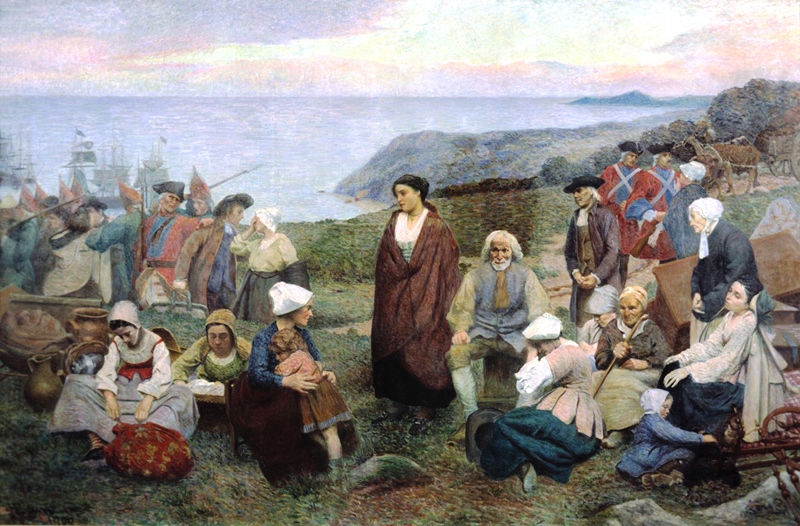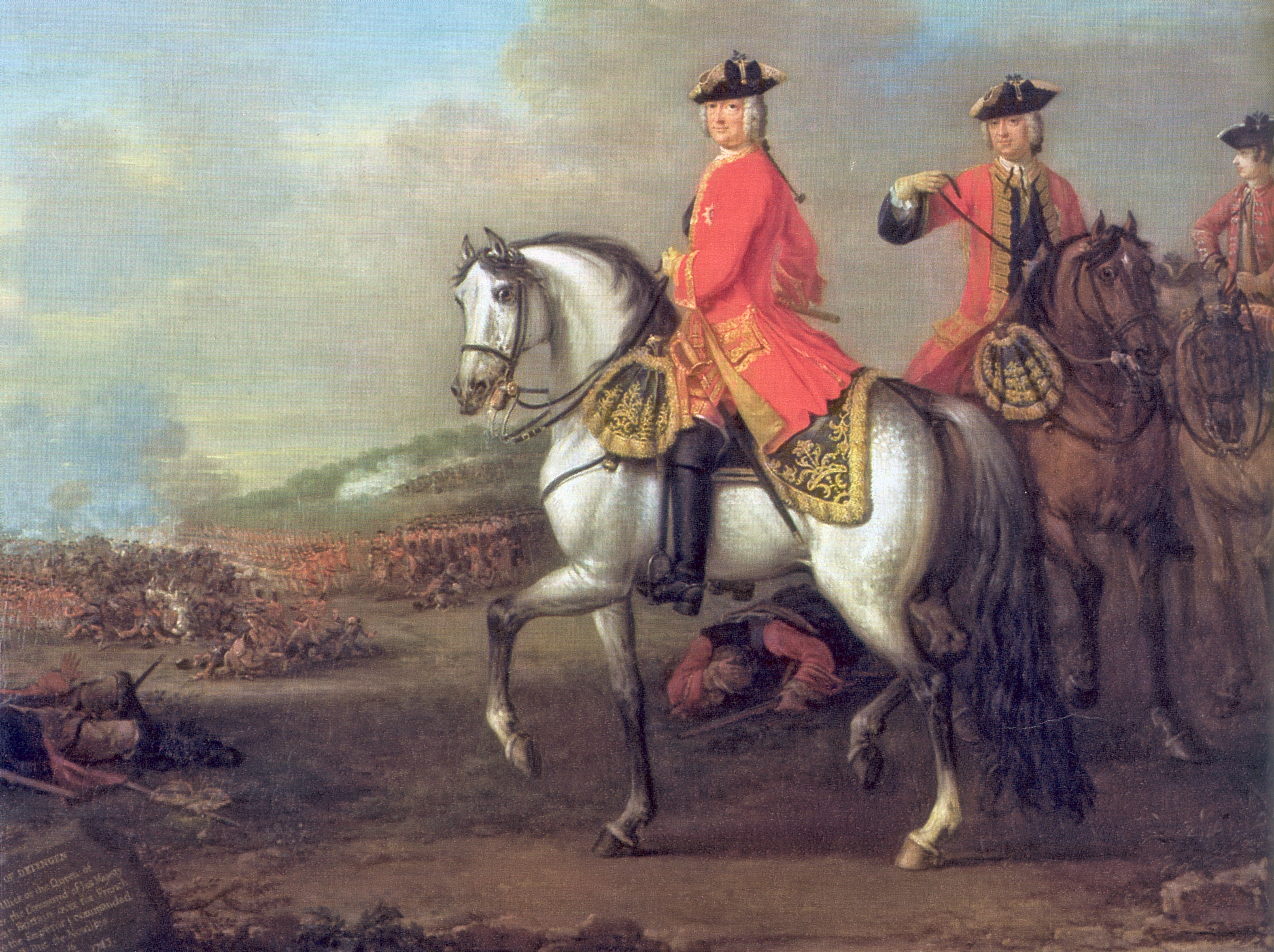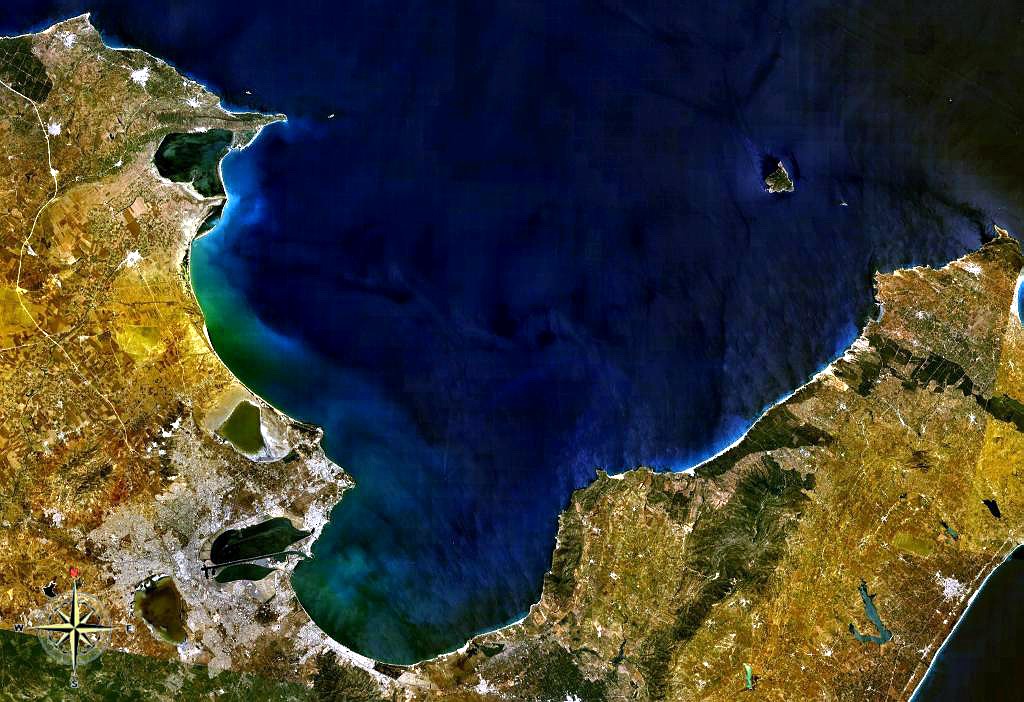|
Burnt Church First Nation
''Eskɨnuopitijk'' or ''Esgenoôpetitj'' ( Burnt Church Band or Burnt Church First Nation ) is a Mi'kmaq First Nation band government in New Brunswick, Canada, centred south of the community of Lagacéville (approximately 4.5 km) and southwest of the village of Neguac (approximately 7 km) on Miramichi Bay. It covers two Indian reserves in Northumberland County ( Esgenoôpetitj 14, previously Burnt Church 14, and Tabusintac 9) and two reserves in Gloucester County ( Pokemouche 13) ( Pabineau). The population was 1,715 as of 2011. The Mi'kmaq call Burnt Church ''Esgenoôpetitj'', which means "a lookout". History The land has been inhabited by First Nations peoples since at least 1727, when a map by Sieur l'Hermitte recorded it.The History of Neguac and Burnt Church , retrieved August 30, 2008 [...More Info...] [...Related Items...] OR: [Wikipedia] [Google] [Baidu] |
New Brunswick
New Brunswick is a Provinces and Territories of Canada, province of Canada, bordering Quebec to the north, Nova Scotia to the east, the Gulf of Saint Lawrence to the northeast, the Bay of Fundy to the southeast, and the U.S. state of Maine to the west. It is part of Eastern Canada and is one of the three Maritime Canada, Maritime provinces and one of the four Atlantic Canada, Atlantic provinces. The province is about 83% forested and its northern half is occupied by the Appalachians. The province's climate is continental climate, continental with snowy winters and temperate summers. New Brunswick has a surface area of and 775,610 inhabitants (2021 census). Atypically for Canada, only about half of the population lives in urban areas - predominantly in Moncton, Saint John, New Brunswick, Saint John and Fredericton. In 1969, New Brunswick passed the New Brunswick Official Languages Act (1969), Official Languages Act which began recognizing French as an official language, along ... [...More Info...] [...Related Items...] OR: [Wikipedia] [Google] [Baidu] |
Gloucester County, New Brunswick
Gloucester County (2021 population 78,256) is located in the northeastern corner of New Brunswick, Canada. Fishing, mining and forestry are the major industries in the county. The eastern section of the county is known for its Acadian culture. The county is named for Princess Mary, Duchess of Gloucester and Edinburgh. Census subdivisions Communities There are 19 municipalities within the county. They are listed below by 2016 population: First Nations There is one First Nations reservation in Gloucester County (listed with 2016 population): Parishes The county is subdivided into ten parishes (listed by 2016 population): Demographics As a census division in the 2021 Census of Population conducted by Statistics Canada, Gloucester County had a population of living in of its total private dwellings, a change of from its 2016 population of . With a land area of , it had a population density of in 2021. Language Access Routes Highways and numbered routes that run ... [...More Info...] [...Related Items...] OR: [Wikipedia] [Google] [Baidu] |
Scotland
Scotland is a Countries of the United Kingdom, country that is part of the United Kingdom. It contains nearly one-third of the United Kingdom's land area, consisting of the northern part of the island of Great Britain and more than 790 adjacent Islands of Scotland, islands, principally in the archipelagos of the Hebrides and the Northern Isles. To the south-east, Scotland has its Anglo-Scottish border, only land border, which is long and shared with England; the country is surrounded by the Atlantic Ocean to the north and west, the North Sea to the north-east and east, and the Irish Sea to the south. The population in 2022 was 5,439,842. Edinburgh is the capital and Glasgow is the most populous of the cities of Scotland. The Kingdom of Scotland emerged as an independent sovereign state in the 9th century. In 1603, James VI succeeded to the thrones of Kingdom of England, England and Kingdom of Ireland, Ireland, forming a personal union of the Union of the Crowns, three kingdo ... [...More Info...] [...Related Items...] OR: [Wikipedia] [Google] [Baidu] |
Seven Years' War
The Seven Years' War, 1756 to 1763, was a Great Power conflict fought primarily in Europe, with significant subsidiary campaigns in North America and South Asia. The protagonists were Kingdom of Great Britain, Great Britain and Kingdom of Prussia, Prussia versus Kingdom of France, France and Habsburg monarchy, Austria, the respective coalitions receiving by countries including Portuguese Empire, Portugal, Spanish Empire, Spain, Electorate of Saxony, Saxony, Age of Liberty, Sweden, and Russian Empire, Russia. Related conflicts include the Third Silesian War, French and Indian War, Carnatic wars, Third Carnatic War, Anglo-Spanish War (1762–1763), Anglo-Spanish War (1762–1763), and Spanish–Portuguese War (1762–1763), Spanish–Portuguese War. Although the War of the Austrian Succession ended with the Treaty of Aix-la-Chapelle (1748), none of the signatories were happy with the terms, and it was generally viewed as a temporary armistice. It led to a strategic realignment kn ... [...More Info...] [...Related Items...] OR: [Wikipedia] [Google] [Baidu] |
A View Of Miramichi, 1760, Oil Painting By Francis Swaine After A View By Captain Hervey Smyth
A, or a, is the first letter and the first vowel letter of the Latin alphabet, used in the modern English alphabet, and others worldwide. Its name in English is '' a'' (pronounced ), plural ''aes''. It is similar in shape to the Ancient Greek letter alpha, from which it derives. The uppercase version consists of the two slanting sides of a triangle, crossed in the middle by a horizontal bar. The lowercase version is often written in one of two forms: the double-storey and single-storey . The latter is commonly used in handwriting and fonts based on it, especially fonts intended to be read by children, and is also found in italic type. In English, '' a'' is the indefinite article, with the alternative form ''an''. Name In English, the name of the letter is the ''long A'' sound, pronounced . Its name in most other languages matches the letter's pronunciation in open syllables. History The earliest known ancestor of A is ''aleph''—the first letter of the Phoenician ... [...More Info...] [...Related Items...] OR: [Wikipedia] [Google] [Baidu] |
Miramichi, New Brunswick
Miramichi ( ) is the largest city in northern New Brunswick, Canada. It is situated at the mouth of the Miramichi River where it enters Miramichi Bay. The Miramichi Valley is the second longest valley in New Brunswick, after the Saint John River (Bay of Fundy), Saint John River Valley. On 1 January 2023, Miramichi annexed parts of two Local service district (New Brunswick), local service districts on its northern border; revised census information has not been released. Neighbourhoods The city of Miramichi was formed in 1995 through the forced Municipal amalgamations in New Brunswick, amalgamation of two towns, Newcastle, New Brunswick, Newcastle and Chatham, New Brunswick, Chatham, and several smaller communities, including Douglastown, New Brunswick, Douglastown, Loggieville, New Brunswick, Loggieville, and Nelson-Miramichi, New Brunswick, Nelson. Also the local service districts of Nordin, New Brunswick, Nordin, Moorefield, New Brunswick, Moorefield, Chatham Head, New Brunsw ... [...More Info...] [...Related Items...] OR: [Wikipedia] [Google] [Baidu] |
Acadian
The Acadians (; , ) are an ethnic group descended from the French who settled in the New France colony of Acadia during the 17th and 18th centuries. Today, most descendants of Acadians live in either the Northern American region of Acadia, where descendants of Acadians who escaped the Expulsion of the Acadians (a.k.a. The Great Upheaval / ''Le Grand Dérangement'') re-settled, or in Louisiana, where thousands of Acadians moved in the late 1700s. Descendants of the Louisiana Acadians are most commonly known as Cajuns, the anglicized term of "Acadian". Acadia was one of the five regions of New France, located in what is now Eastern Canada's Maritime provinces, as well as parts of Quebec and present-day Maine to the Kennebec River. It was ethnically, geographically and administratively different from the other French colonies such as the French colony of Canada. As a result, the Acadians developed a distinct history and culture. The settlers whose descendants became Acad ... [...More Info...] [...Related Items...] OR: [Wikipedia] [Google] [Baidu] |
James Murray (Quebec Governor)
General James Murray (20 January 1721 – 18 June 1794) was a British Army officer and colonial administrator who served as the governor of Quebec from 1760 to 1768 and governor of Minorca from 1778 to 1782. Born in Ballencrieff, East Lothian, Murray travelled to North America and took part in the French and Indian War. After the conflict, his administration of the Province of Quebec was noted for its successes, being marked by positive relationships with French Canadians, who were reassured of the traditional rights and customs. Murray died in Battle, East Sussex in 1794. Early life Born in Ballencrieff, East Lothian, Murray was a younger son of Lord Elibank Alexander Murray, 4th Lord Elibank, and his wife, Elizabeth Stirling. His cousin was Alexander Murray who served in Nova Scotia. Educated in Haddington, East Lothian and Selkirk, Scottish Borders, he began his military career in 1736 in the Scots Brigade of the Dutch States Army. In 1740 he served as a second lieute ... [...More Info...] [...Related Items...] OR: [Wikipedia] [Google] [Baidu] |
James Wolfe
Major-general James Wolfe (2 January 1727 – 13 September 1759) was a British Army officer known for his training reforms and, as a major general, remembered chiefly for his victory in 1759 over the French at the Battle of the Plains of Abraham in Quebec. The son of a distinguished general, Edward Wolfe, he received his first commission at a young age and saw extensive service in Europe during the War of the Austrian Succession. His service in Flanders and in Scotland, where he took part in the suppression of the Jacobite Rebellion, brought him to the attention of his superiors. The advancement of his career was halted by the Peace Treaty of 1748 and he spent much of the next eight years on garrison duty in the Scottish Highlands. Already a brigade major at the age of 18, he was a lieutenant-colonel by 23. The outbreak of the Seven Years' War in 1756 offered Wolfe fresh opportunities for advancement. His part in the aborted raid on Rochefort in 1757 led William Pitt ... [...More Info...] [...Related Items...] OR: [Wikipedia] [Google] [Baidu] |
Gulf Of St
A gulf is a large inlet from an ocean or their seas into a landmass, larger and typically (though not always) with a narrower opening than a bay (geography), bay. The term was used traditionally for large, highly indented navigable bodies of salt water that are enclosed by the coastline. Many gulfs are major shipping areas, such as the Persian Gulf, Gulf of Mexico, Gulf of Finland, and Gulf of Aden. See also * References External links * {{Geography-stub Gulfs, Bodies of water Coastal and oceanic landforms Coastal geography Oceanographical terminology ... [...More Info...] [...Related Items...] OR: [Wikipedia] [Google] [Baidu] |
William Francis Ganong
William Francis Ganong (19 February 1864 – 7 September 1941) was a Canadian botanist, historian and cartographer. His botany career was spent mainly as a professor at Smith College in Northampton, Massachusetts. In his private life he contributed to the historical and geographical understanding of his native New Brunswick. Early life and education William Francis Ganong was born on February 19, 1864, in Saint John, in what was previously Carleton, in pre-confederation New Brunswick, the eldest child of James Harvey Ganong and Susan E. Brittain, both of whom descended from United Empire Loyalists. He had six younger siblings, including Susan, Arthur, Edwin, and Kit. When he was nine years old, his family moved to St. Stephen where his father, along with his uncle, Gilbert Ganong, established the Ganong Brothers candy factory. It was expected that young William would enter the family business when he came of age, but early on, he showed an interest in the natural wo ... [...More Info...] [...Related Items...] OR: [Wikipedia] [Google] [Baidu] |
Burnt Church, C
Burned or burnt may refer to: * Anything which has undergone combustion * Burned (image), quality of an image transformed with loss of detail in all portions lighter than some limit, and/or those darker than some limit * ''Burnt'' (film), a 2015 drama film starring Bradley Cooper * ''Burned'' (album), 1995 album by Electrafixion * "Burned" (''Arrow''), an episode of ''Arrow'' * "Burned" (''CSI: Miami''), an episode of ''CSI: Miami'' * "Burned" (''Justified''), an episode of ''Justified'' * "Burned" (''The Twilight Zone''), a 2003 episode of ''The Twilight Zone'' * ''Burned'' (Hopkins novel), a 2005 novel by Ellen Hopkins * ''Burned'' (Cast novel), a 2010 novel by P. C. Cast * ''Burned'', a novel in the Hardy Boy's Undercover Brothers series * ''Burned'' (TV series), 2003 MTV television series * "Burned", a song written by Neil Young on the eponymous ''Buffalo Springfield'' album * "Burned", a song by Hilary Duff from ''Dignity'', 2007 * "Burnt", a song by Spratleys Japs fr ... [...More Info...] [...Related Items...] OR: [Wikipedia] [Google] [Baidu] |





